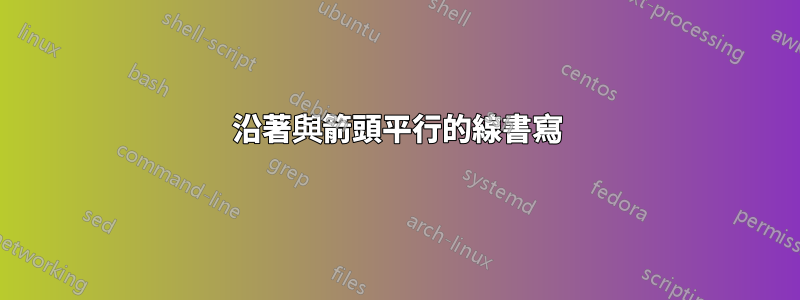
我正在嘗試解決這個問題,該問題是在連接頂層與底層的每個箭頭的平行線上書寫的
這是我正在使用的程式碼
% Dependent Variables
\node[draw, shape=rectangle, text width=2cm, align=center, below of=softs] (employment_rate) {Employment Rate};
% Arrows
\draw[->] (education) -- (employment_rate)
\draw[->] (softs) -- (employment_rate);
\draw[->] (chom) -- (employment_rate);
答案1
歡迎來到 TeX.SE!
\documentclass ...您應該始終提供最小工作範例(MWE),這是一個以該開頭和結尾的最小小文檔,\end{document}願意幫助您的人可以將其複製到他們的計算機上並按原樣進行測試。- MWE 應該僅在序言中載入與您的問題相關的套件和自己的定義(編譯時需要這些),並且在文件正文中僅載入與問題相關的程式碼(在您的情況下是完整的圖像程式碼)。
- 這樣你就可以幫助別人幫助你。您應該意識到,他們在業餘時間自願這樣做,猜測您的文件是什麼通常會導致您意想不到的結果,因此只是浪費時間。
- 從您的程式碼片段和問題描述來看,尚不清楚您的問題是什麼。下面是 MWE,我只是猜測,你在追求什麼:
\documentclass[margin=3mm]{standalone}
\usepackage{tikz}
\usetikzlibrary{positioning,
quotes}
\begin{document}
\begin{tikzpicture}[
node distance = 12mm and 4mm,
N/.style = {draw, text width=2cm, minimum height=2em, align=center},
]
\node (n1) [N] {some text};
\node (n2) [N, right=of n1] {text};
\node (n3) [N, right=of n2] {some text};
\node (n4) [N, below=of n2] {Employment Rate};
%
\draw[->] (n1) to["label", sloped] (n4); % observe option `sloped`
\draw[->] (n2) to["label", sloped] (n4);
\draw[->] (n3) to["label", sloped] (n4);
\end{tikzpicture}
\end{document}
當然,上面的程式碼可以用更簡潔的方式編寫,但我認為作為起點更合適。




